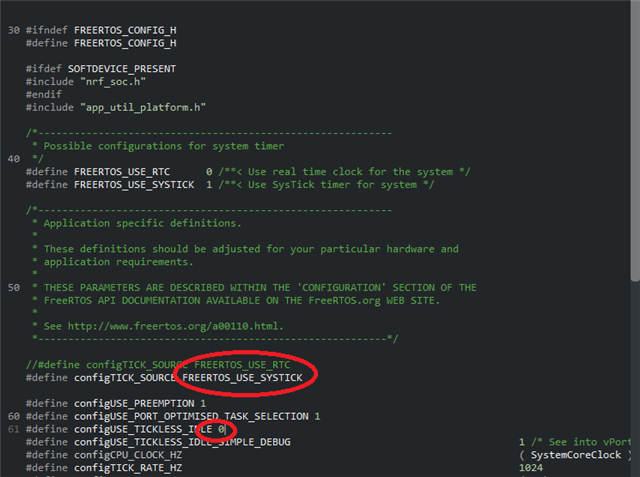Hello Nordic support,
I am working on an application that works either with BLE or Zigbee and the protocol to be used is determined at application startup. Initially, my application was only Zigbee based and was using RTOS for performing various operations. This is working as expected.
Now, I have added BLE support to this application and added the necessary macros. As mentioned in this link https://infocenter.nordicsemi.com/index.jsp?topic=%2Fsdk_tz_v4.2.0%2Fzigbee_multi_examples.html (point 6), I have initialised SoftDevice by calling the function nrf_sdh_enable_request() in main.c and then call ZB_INIT() inside an RTOS task. However, while performing Zigbee initialisation, the program goes into hardfault.
Could you please let me know what could be the possible issue here?
Regards,
Anusha




